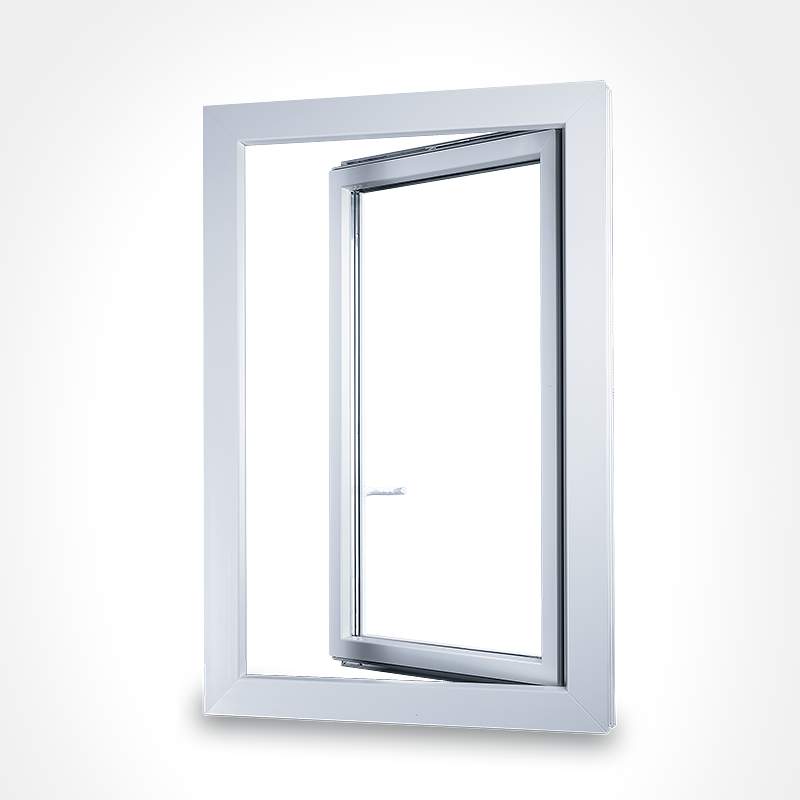Windows typically come in two major designs: sash windows and casement windows. While hung sash windows are still widespread in countries such as the United Kingdom and United States, they have long been overtaken by casement windows which offer superior functionality and construction with more flexibility. Not only do they offer better views but they also offer both more opening choices including multiple opening methods in a single window.
Sash vs. Casement Window Designs
Sash windows are most frequently found in the United Kingdom and its former colonies. They are also sometimes called box sash windows in the United Kingdom or hung sash windows in the United States. They consist of two sashes which are arranged vertically and slide up and down on vertical tracks built into the frame. Typically, the top sash is fixed however double hung windows can also be found where both sashes can slide.
In contrast, casement windows are mounted to the frame on hinges and swing open like a door. In Europe, they typically swing inwards for security reasons. While sash windows require less space having no inswing or outswing sash, casement windows offer many advantages:
- Casements can be completely opened.
- Require less effort to open.
- Easier to maintain and clean
- No vertical guide tracks that wear and warp over time
- Can feature multiple opening mechanisms (e.g. inswing, tilt only,tilt and turn
- Superior energy savings and thermal insulation with double and triple glazing
- Can be used for emergency egress (e.g. fire escape)
- Can be designed to mimic the look of sash windows for historic homes
Considering these advantages, it is no wonder casement windows are standard in much of the world today.




